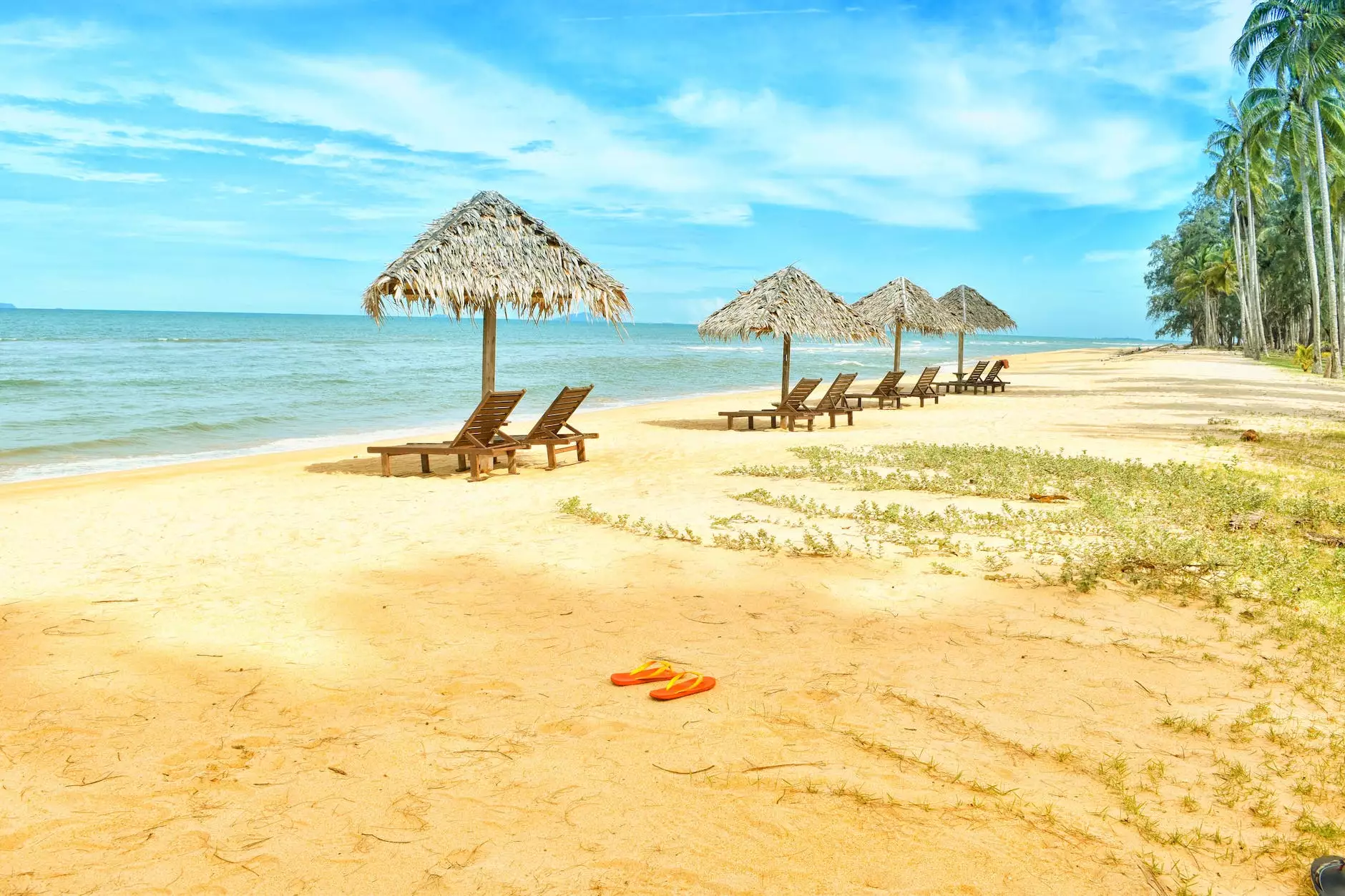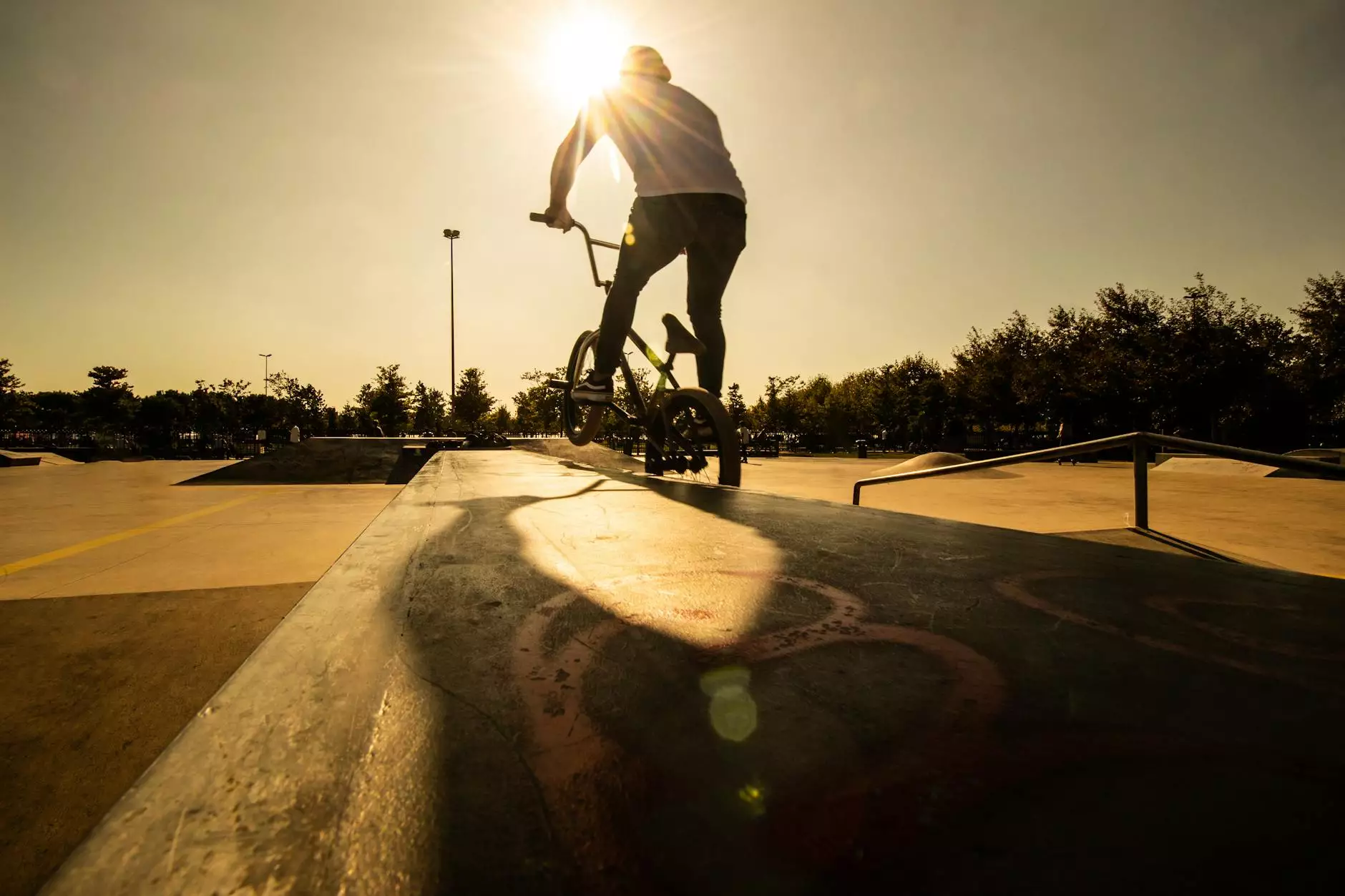Understanding Longboard Flex: The Key to Optimal Riding Experience

When it comes to longboarding, flex is a critical element that often dictates your performance, control, and overall enjoyment of the ride. In this comprehensive guide, we will delve into the importance of longboard flex, its impact on different styles of riding, and how to choose the right flex for your needs. Whether you are a seasoned longboarder or a newcomer to the sport, understanding flex can elevate your experience significantly.
What is Longboard Flex?
Longboard flex refers to the amount of give or bend in the deck of a longboard when pressure is applied. This characteristic is determined by several factors, including the materials used to construct the board, its thickness, length, and shape. The flex of a longboard can heavily influence how it reacts to rider inputs and various riding conditions. It is essential to know that every rider has different preferences and styles, making the right flex a personal choice.
The Importance of Longboard Flex
Understanding the importance of longboard flex can significantly improve your riding technique and enjoyment. Here are some key reasons why flex matters:
- Ride Comfort: A board with more flex can absorb shocks from bumps and cracks, providing a more comfortable ride.
- Performance: Flex contributes to how the board carves and responds to turns, adding a dynamic element to your riding style.
- Weight Distribution: The right flex allows for better weight distribution, making it easier to execute tricks and maneuvers.
- Stability: Different levels of flex can affect the board's stability at high speeds, impacting rider confidence.
Types of Longboard Flex
Longboard flex can generally be categorized into three main types:
1. Soft Flex
Soft flex boards typically bend easily under a rider's weight, making them ideal for those who prefer a relaxed, smooth ride. These boards are recommended for:
- Beginner riders needing more forgiving boards.
- Slalom and cruising styles where comfort is prioritized.
- Riders who enjoy dancing and carving.
2. Medium Flex
Medium flex boards strike a balance between comfort and performance. They offer sufficient responsiveness without sacrificing ride quality. These boards are suitable for:
- Riders who participate in various styles, from cruising to downhill.
- Those looking for a versatile option for tricks and maneuvers.
- Intermediate riders seeking a mix of comfort and performance.
3. Stiff Flex
Stiff flex boards do not bend easily and are designed for high-speed riding and precision. These boards cater to:
- Advanced riders needing maximum control at high speeds.
- Downhill racing enthusiasts looking for stability and responsiveness.
- Freestyle riders performing technical tricks requiring precision.
How to Choose the Right Longboard Flex
Choosing the right longboard flex involves understanding your riding style, preferences, and what you aim to achieve with your board. Here are some tips to help you make the right choice:
Assess Your Riding Style
It's essential to understand what type of riding you will be doing most frequently. Different flex levels suit various styles, so consider the following:
- If you enjoy cruising and a relaxed pace, a soft flex board will enhance your comfort.
- For a versatile board that can handle different terrains, opt for a medium flex.
- For high-speed downhill riding, a stiff flex is crucial for maintaining stability and control.
Consider Your Weight
Your weight influences how much flex you experience in a longboard. Heavier riders may compress a soft board too much, leading to a lack of responsiveness. Here are some guidelines:
- Light Riders (Under 150 lbs): A soft to medium flex will generally work well.
- Average Riders (150-200 lbs): Medium flex is often ideal, offering a good balance.
- Heavy Riders (Over 200 lbs): Consider medium to stiff flex to ensure proper performance and support.
Test Before You Buy
Whenever possible, try different boards with varying flex options. Many longboard shops allow you to test the boards. Pay attention to how each flex feels under your weight and riding style. Ask yourself the following questions:
- Does the board absorb shocks well?
- Is it responsive during turns?
- Do you feel comfortable and in control?
The Role of Material in Longboard Flex
The type of material used in your longboard significantly impacts its flex characteristics. Understanding the materials can help you choose the right board:
Wood
Most traditional longboards are made from layers of wood, such as maple or bamboo. The number and thickness of these layers affect flex:
- Maple: Known for its durability and stiffness, ideal for boards needing a stiffer flex.
- Bamboo: Provides a higher degree of flex and often results in a lighter board.
Composite Materials
Composite materials, including fiberglass and carbon fiber, are used to create high-performance boards. These materials can result in:
- Stiffer boards that respond well at high speeds.
- Lightweight options that enhance maneuverability.
Flex Rating Systems
Some manufacturers have developed flex rating systems to describe how much flex their boards offer. When choosing your longboard, look for these ratings and descriptions:
- 1-5 Flex Rating: Indicates soft to very stiff flex. Commonly used for consumer boards.
- Flex Descriptors: Terms like "soft," "medium," and "stiff" help clarify the feel of the board.
The Impact of Longboard Flex on Tricks and Maneuverability
The way your longboard flexes can significantly affect how you perform tricks and maneuvers. Here is how different flex types influence your capability:
Soft Flex Tricks
With a soft flex, you can execute tricks with a more dynamic feel. The board's ability to bend means:
- More forgiving landings on flips and slides.
- Enhanced ability to engage in dancing and flowing maneuvers.
Medium Flex Tricks
Medium flex boards give you a combination of comfort while still offering enough responsiveness for tricks. This makes them suitable for:
- Slides, grinds, and technical tricks that require balance.
- Varied terrain riding without compromising performance.
Stiff Flex Tricks
Stiff flex boards provide optimal precision and control, which is excellent for executing high-speed tricks. Consider the following:
- Greater stability during aggressive maneuvers.
- Immediate response to rider inputs in technical tricks.
Conclusion: Finding Your Perfect Longboard Flex
Choosing the right longboard flex is a critical decision for any longboarder, influencing comfort, performance, and overall enjoyment. By understanding the different flex types, considering your riding style, and evaluating your weight and preferences, you can make an informed choice that elevates your longboarding experience to new heights.
Remember, it’s not just about the type of flex but also how it interacts with your personal riding style. Test various boards, consult with local shops, and don't hesitate to seek out community advice. The right longboard flex can transform how you ride, explore your limits, and enjoy the exhilarating world of longboarding.
For a wide selection of longboards and expert advice, visit Exwayboard.com.









